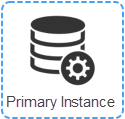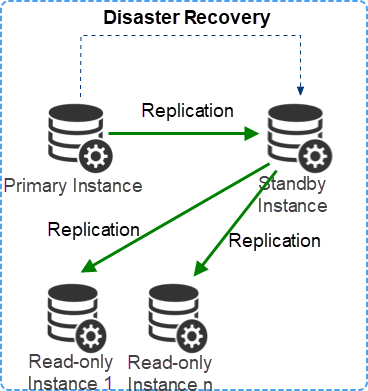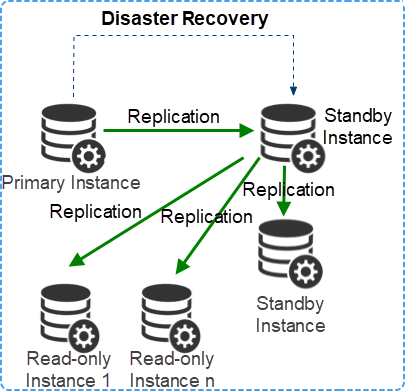By Wang Tao (Gaitian), from Alibaba Cloud Database Department
Recently, many customers were confused about how to choose an appropriate database. This is closely related to business scenarios, usage scenarios, and concurrency. This article introduces the basic knowledge of RDS. I hope you have a basic understanding of RDS products. There are best practices at the end of the article for relevant case analysis.
RDS is a database service. Users only need to purchase the corresponding services. This way, they can pay attention to their business development rather than paying too much attention to the service itself. Database services are available at any time.
What’s more, RDS is basically equivalent to the standard representative of cloud databases. RDS maintains a high degree of compatibility with the community while making significant improvements in security, performance, and services.
Today, this article will introduce the four major database products already included in the ApsaraDB for RDS, MySQL, SQL Server, PostgreSQL, and MariaDB, and clarify the compatibility between each engine and the community and the ApsaraDB for RDS features.
RDS MySQL has major versions 5.6, 5.7, and 8.0 that are consistent with the community. AliSQL is an independent branch of MySQL that is deeply customized by Alibaba Cloud. In addition to all features of the Community Edition, AliSQL provides many functions similar to those of the MySQL Enterprise Edition. It also provides advanced features (such as enterprise-level security, backup, restoration, monitoring, performance optimization, and read-only instances). AliSQL provides many innovative features designed to improve functionality, performance, stability, and security, including:
RDS PostgreSQL has a major version 10/11/12/13/14 that is consistent with the community. At the same time, AliPG has been performing functional and technical iterations based on the community version since 2015. AliPG has made many optimizations in terms of function, performance, stability, and security. The typical ones are:
Faster Speed
Higher Stability
Higher Security
Security Hardening
RDS SQL Server supports major versions such as 2008 R2/2012/2014/2016/2017/2019. It also has a highly available architecture and data recovery function at any point in time. It strongly supports various enterprise applications and also includes Microsoft's License authorization to reduce additional expenses. ApsaraDB RDS for SQL Server provides the following advanced features:
ApsaraDB RDS for MariaDB provides enterprise level performance and 100% compatible with opensource MariaDB. Currently, the supported version is 10.3. In terms of database O&M management capabilities,it is basically align with MySQL.
There are so many RDS product series. What are the differences between them? They can be expressed more clearly with a picture.
RDS Basic Edition only has one node. Since there is no standby database, the stability is related to the hardware and database itself. However, the cost is relatively cheap.

High-availability topologies can be customized. Currently, the RDS high-availability edition has a secondary node that can be switched as standby at any time to ensure database availability. At the same time, there are N read-only instances that can be attached under a primary instance (each product has its limits).

Three-node Enterprise Edition uses the Paxos protocol to ensure data consistency and can achieve RPO=0.

Q: If it is only used in the development and test environment, which product family should I choose?
A: RDS Basic Edition should be selected because it is cost-effective, but the disadvantage is that it cannot be HA and is acceptable for development and testing environments.
Q: Which product family should I select for the database used in the production environment?
A: We recommend selecting RDS High-Availability Edition or RDS Three-Node Enterprise Edition because this product has standby, which can quickly cause machine failure failover. When a fault occurs, it can help the business recover quickly.
Q: The service is a system that has strong requirements for GIS. Which database product type should I choose?
A: PostgreSQL database supports GIS requirements very well, and many high-precision GIS requirements customers are using the PostgreSQL database for related research and development work.
Q: How should I choose a set of management systems planned for production?
A: Currently, the MySQL engine is commonly used in the industry. As the production system has certain requirements for stability, we recommend selecting the High-Availability Edition or RDS Three-Node Enterprise Edition.
This article describes the meaning of RDS, ApsaraDB for RDS product types and product series, and how to select corresponding database products and series in your work. I hope the article is helpful when choosing the RDS database!
PolarDB for PostgreSQL Kernel Interpretation: An Introduction to HTAP Architecture
Alibaba Clouder - August 24, 2017
GAVASKAR S - June 16, 2022
ApsaraDB - November 17, 2020
digoal - May 9, 2020
Alibaba Clouder - December 20, 2018
Wenson - August 4, 2020
 ApsaraDB RDS for SQL Server
ApsaraDB RDS for SQL Server
An on-demand database hosting service for SQL Server with automated monitoring, backup and disaster recovery capabilities
Learn More PolarDB for PostgreSQL
PolarDB for PostgreSQL
Alibaba Cloud PolarDB for PostgreSQL is an in-house relational database service 100% compatible with PostgreSQL and highly compatible with the Oracle syntax.
Learn More PolarDB for MySQL
PolarDB for MySQL
Alibaba Cloud PolarDB for MySQL is a cloud-native relational database service 100% compatible with MySQL.
Learn More ApsaraDB RDS for PostgreSQL
ApsaraDB RDS for PostgreSQL
An on-demand database hosting service for PostgreSQL with automated monitoring, backup and disaster recovery capabilities
Learn MoreMore Posts by ApsaraDB